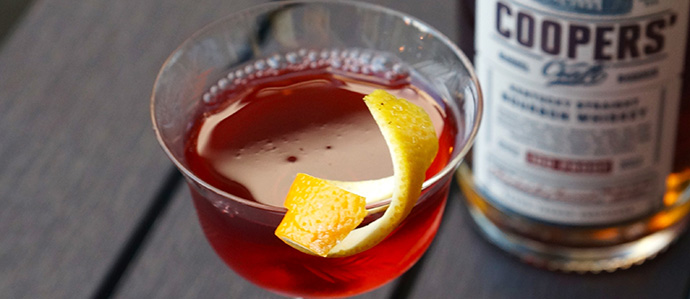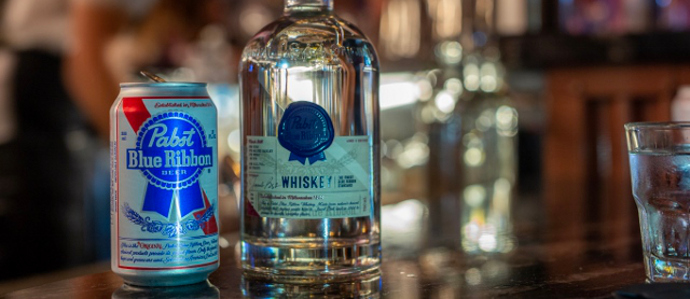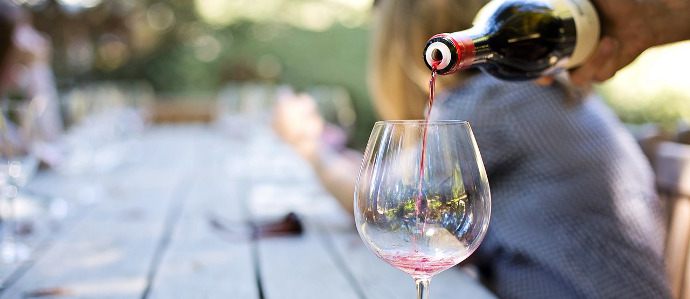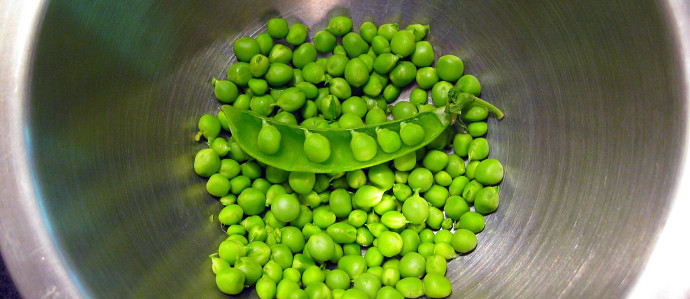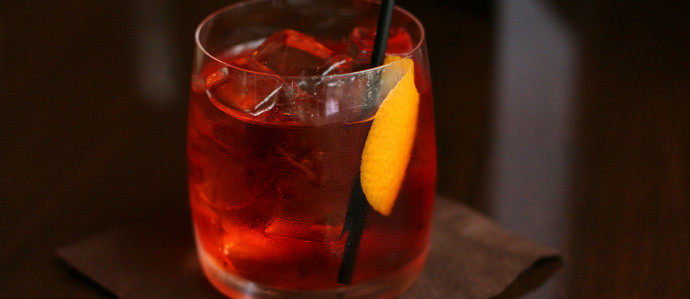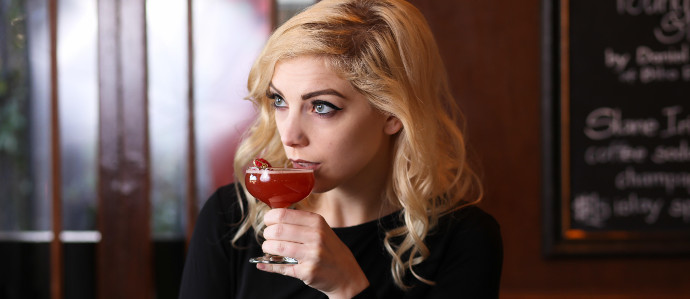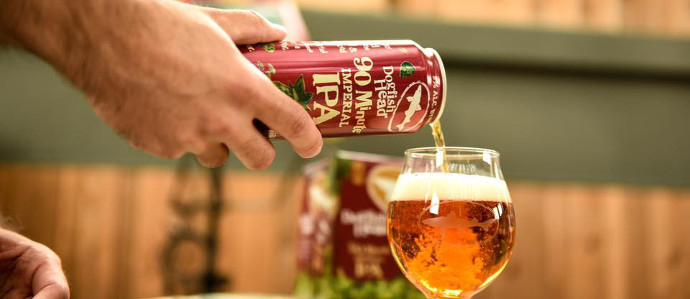Biodynamic Wines: Growing Support for A New-Age Trend
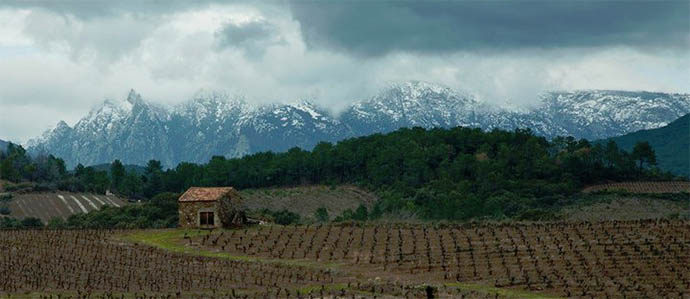
Green living has gone beyond trend status to a way of life for many of us, and while we aren't quite ready to join life on the commune anytime soon, most of us have a reusable shopping bag to our name, have purchased some organic fruits or veggies, and are putting that recycling bin behind the house to good use. Some of us have gone further, investing in alternative energies or nixing the car in favor of our own two feet. But how many of you have buried a cow horn filled of manure under a full moon? Really? No one?
Biodynamic Farming
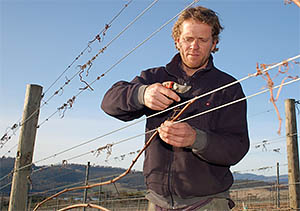 Perhaps to your surprise, a number of earth-friendly vineyards have, just one step in a sometimes silly sounding eight-part process that is the heart of biodynamic farming. Based on the ideas of agriculture expert Rudolf Steiner, biodynamic theory began well before the organic movement - back in 1924. The approach not only takes on sustainable and green practices like organic farming, but adds in a spiritual element that considers the plants, soil, sun, and all other components of the space as a living being.
Perhaps to your surprise, a number of earth-friendly vineyards have, just one step in a sometimes silly sounding eight-part process that is the heart of biodynamic farming. Based on the ideas of agriculture expert Rudolf Steiner, biodynamic theory began well before the organic movement - back in 1924. The approach not only takes on sustainable and green practices like organic farming, but adds in a spiritual element that considers the plants, soil, sun, and all other components of the space as a living being.
At the core is the preparations of biodynamic agriculture - steps the farmers must take at certain times of the year to strengthen the spirit of the land and encourage the growth, yield, and quality they desire. It all begins with burying cow manure in a cow horn in the dead of winter, then digging it up and spraying the mixture with water over the land beneath the afternoon sun. Yes, we know, it sounds a little bizarre. It actually gets even more unusual, with ground quartz, stag bladders, various flowers, and an animal skull all playing integral parts. But, according to the vineyards who are popularizing the return of these preparations, they are worth it for the finished product they provide.
Methods Show Results
Of course, those results are as hotly discussed as the methods. Some growers swear they have overcome disease and rot once starting biodynamic farming. Some say their soil is better, their plants are healthier, and they have little to no weeds or pests. Science has stepped in and attempted to test, but a study comparing a biodynamic farm and a classic organic farm didn't show any obvious difference.
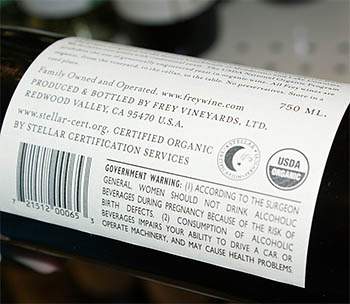 Taste, however, may be the one big difference that biodynamic vintners have on their side. The wines that result from biodynamic grape crops constantly test well in tastings, often above their traditional counterparts. And a tasting run by Fortune magazine resulted in all of the Master Sommeliers in attendance selecting biodynamic wines over normal options.
Taste, however, may be the one big difference that biodynamic vintners have on their side. The wines that result from biodynamic grape crops constantly test well in tastings, often above their traditional counterparts. And a tasting run by Fortune magazine resulted in all of the Master Sommeliers in attendance selecting biodynamic wines over normal options.
That alone seems to have gotten the attention of the wine community, as both small boutique vineyards and larger producers worldwide have switched to, or at least begun experimenting with, biodynamic practices. They may not be feeling the zen, New Age spirit of Steiner as they sprinkle tea over the vines, but they are willing to try it.
Want to try it, too? The wines, that is — we’ll leave the sourcing of cow intestine to you. On the cusp of the trend, stores are stocking a decent number of biodynamic wines. Head into your friendly neighborhood shop and you will likely see a small display showcasing Danica and biodynamic options. Many bottles have the term "biodynamic" on the label, but other producers don't obviously advertise their farming techniques. A little fun on Google will help you find more options, many of which are in stores or available for order online. And the price for all this mystic madness won't cost you much green — bottles usually range from $13 to $50. Does it actually make for better vino? You be the judge.
Top photo via Organic Wine Journal on Facebook; middle photo via Flickr user stefano lubiana wines; bottom photo via Flickr user Danielle Speiss








